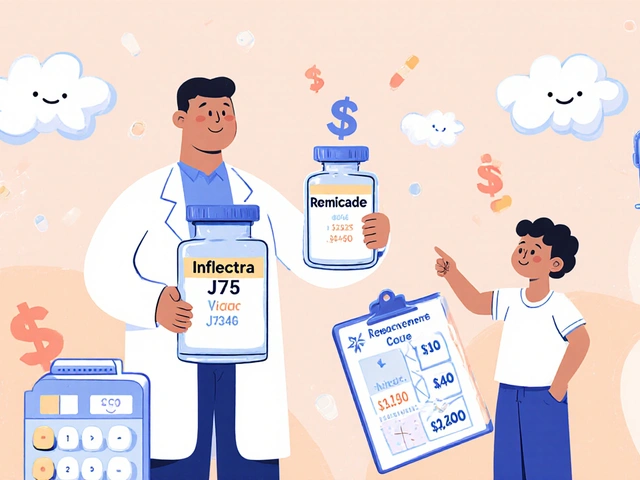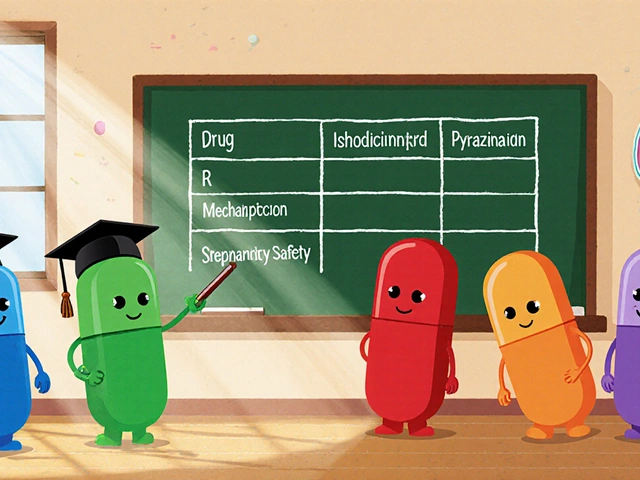Lithium Toxicity: Signs, Symptoms, and How to Stay Safe
If you or someone you love takes lithium, you’ve probably heard it can save lives when used right. But like any medicine, too much lithium can turn dangerous fast. Knowing the warning signs, what pushes the level up, and how to act can keep you out of the ER.
What Happens When Lithium Levels Get Too High
Lithium lives in your blood, not in your tissues, so the amount that’s safe is a narrow window. Normal therapeutic levels sit between 0.6 and 1.2 milliequivalents per liter (mEq/L). Once you drift above 1.5 mEq/L, you’re stepping into mild toxicity; above 2.0 mEq/L is moderate, and 2.5 mEq/L or higher is severe.
High lithium interferes with how nerves send signals. That’s why you’ll first notice shaky hands, tremors, or a feeling that your muscles are too tight. Nausea, vomiting, and stomach cramps follow quickly because your gut also reacts to the excess. Headaches, blurry vision, and confusion are the next red flags – your brain is basically saying, “I’m overloaded.”
In severe cases, lithium can make you drowsy, give you seizures, or even cause a coma. Kidney function drops because the kidneys filter lithium out, and a sudden rise can hurt them badly. That’s why doctors keep an eye on blood tests whenever you start or change your dose.
What to Do If You Suspect Toxicity
The first rule is to stop taking any more lithium right away. Don’t try to “catch up” later; the damage can happen in a few hours. Call your doctor or go to urgent care if you have any of these symptoms:
- Persistent tremor that won’t go away
- Severe nausea or vomiting that lasts more than a couple of hours
- Confusion, difficulty speaking, or sudden memory loss
- Rapid heartbeat or low blood pressure
- Unusual weakness or loss of coordination
While waiting for help, stay hydrated with plain water – but avoid salty drinks, because extra sodium can keep lithium stuck in your system. If you can, have a trusted person note the last time you took your dose, the exact amount, and any recent changes (like a new medication or a bad flu that made you dehydrated). That info speeds up the lab work and treatment.
Doctors will check your blood lithium level and likely give you IV fluids to flush excess lithium out. In very high levels, they might use a medication called dialysis to clean the blood quickly. After treatment, they’ll adjust your maintenance dose and may set a stricter schedule for blood‑level checks – sometimes every few weeks at first.
Prevention is easier than cure. Keep these habits in mind:
- Take lithium exactly as prescribed. Never double‑dose to make up for a missed pill.
- Stay on a consistent salt intake. Sudden changes in sodium can spike lithium.
- Drink enough water daily, especially when you’re sick or sweating a lot.
- Tell every doctor and pharmacist you see that you’re on lithium – many drugs interact and raise levels.
- Schedule regular blood tests. Even if you feel fine, the numbers can tell a different story.
Remember, lithium works best when you keep the balance right. By spotting early signs, acting fast, and following a steady routine, you can stay on the safe side and still get the mood‑stabilizing benefits you need.





